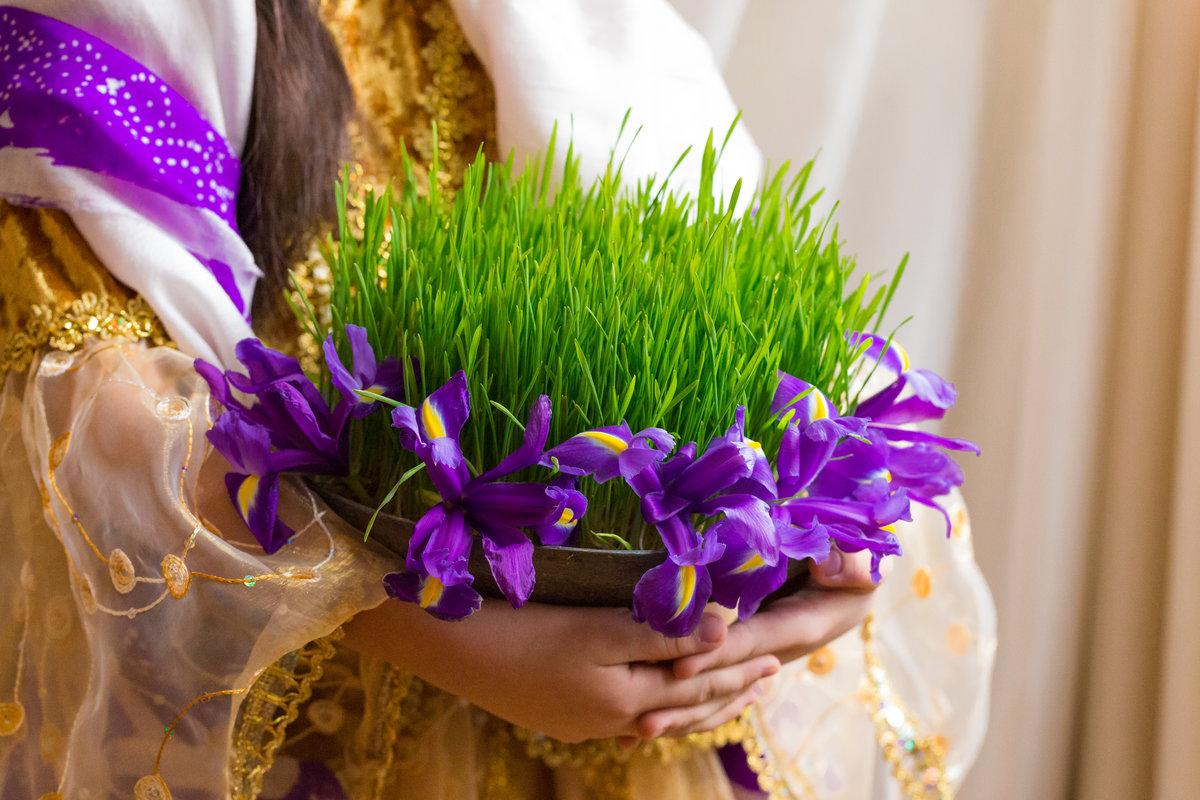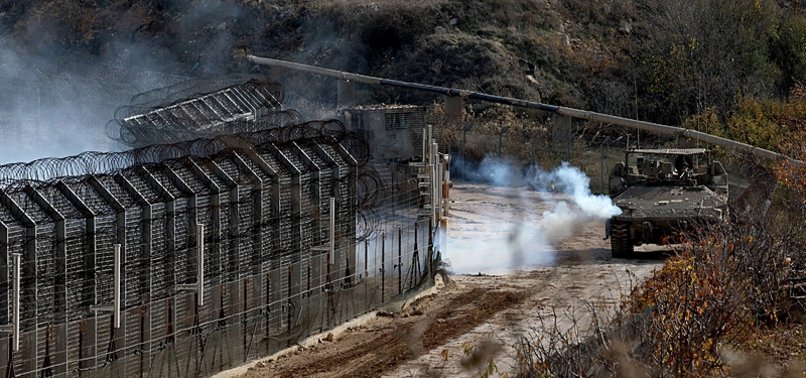“Awaken, the morning Nowruz breeze is showering the garden with flowers,” the Iranian poet Saadi Shirazi described the marking of the first day of Spring.
Marking the first day of Spring equinox and end of Winter, Nowruz is celebrated across the world primarily by societies and geographies heavily influenced by Persian culture, including, but not limited to, Iran, Azerbaijan, Afghanistan, and the Kurdish regions of Iraq, Turkey and Syria.
A remnant of one of the oldest empires worldwide, the Achaemenid Empire, Nowruz is the new year on the Persian calendar, usually beginning on 20th March on the Gregorian calendar.
Nowruz, which is Farsi for ‘new day’, is a celebration of spring and a time for rebirth and renewal.
Widely considered as a secular event in the contemporary era, Nowruz initially was birthed out of a religious holiday by the ancient Persian’s Zoroastrian religion, arguably the world’s first monotheistic faith and one of the oldest religions still in existence.
Preserving a world within a world: people in Qatar embrace their mother tongue
“To me, it [Nowruz] is a celebration of my identity and a yearly reminder of where I come from,” Laila Ali, an Iranian national born and raised in Qatar said.
In a polarised world, Iranians both within the country and abroad consider Nowruz to be part of their tradition, irrespective of their political and religious affiliations. Thus every year, the Iranian diaspora spread the ‘haft-sin’ tablecloth in their houses, joining 300 million people all over the world in marking and celebrating the ushering in of the first day of spring.
Laila noted that the preservation of culture is important to maintain throughout generations, as Iranians living outside of their country, in order to create a sense of belonging and identity.
With 80% of the country being made up of non-Qatari nationals, the Iranian population in Qatar as of 2013, is estimated to be at 30,000.
“Nowruz is a way to have all my family in one place and a way to spread happy thoughts and create good memories,” 76-year-old Iranian Effat tells Doha News, upon explaining what the event signifies to her in the Gulf country.
“Nowruz sees no difference amongst individuals and is accepting of anyone who celebrates it,” she added.
It is events like these that disintegrate communal and societal friction, for a few days at least. Cultural harmony, Laila argues, is extended through marking events in a nation’s calendar.

“Even though some of my grandchildren do not speak Farsi properly, they still like celebrating Nowruz and are aware that this constitutes a part of their identity,” Effat said.
History of Nowruz
Zoroastrian refugees, called Parsis, escaped the Muslim conquest of Persia by emigrating to India. Zoroastrianism now has an approximate estimate of 100,000 to 200,000 worshipers globally and is practiced today as a minority religion.
In Zoroastrianism, fire symbolises purity and represents “God’s light or wisdom.” ‘Zartusht’ or ‘Zoroaster’, the founder of the religion, placed “less emphasis on ritual worship and focused instead on the central ethics of ‘Good Words, Good Thoughts and Good Deeds’.”
On the last Wednesday before Nowruz, many celebrate ‘Charshanbe Suri’, a night in which they jump over fire. A ritual perceived as a means of cleansing oneself of bad attributions and gaining health and purity, before the start of the new year.
Nowruz preparations and ‘Haft-sin’
Haft-sin literally translates to “seven s,” as the table preparation for Nowruz includes seven items that begin with the letter ‘s’ in the Farsi language and each symbolise an aspect of life.
The green sprout, ‘sabzeh‘, is prepared weeks before the celebration and is placed on the table to symbolise rebirth and growth, and is the focus of the Nowruz observance, joined by six other symbolic items.
‘Seeb‘ (apples) are a symbol of health and beauty whilst ‘senjed‘ (dried oleaster berries) are seen as wisdom. ‘Samanu‘ (wheat pudding) is regarded as strength and justice. ‘Somaq‘ (sumac) is viewed as patience, whilst ‘serkeh‘ (vinegar) signifies age. Finally, ‘seer‘ (garlic) is considered as the cleansing of body and environment.
The making of the ‘samanoo‘, which is a a thick pudding made from wheatgrass, as people recite religious prayers whilst stirring the huge pot, is a commonality practiced across Central Asian countries.
On the table, the Quran or a book by the Persian poet Hafez is present to reflect Nowruz’s power to sync its ancient roots with more recent religious and cultural traditions.
The festivities of Nowruz end thirteen days after the new year with ‘Sizdeh Bedar‘, which translates to ‘getting rid of thirteen’, alluding to symbols of bad luck. On that occasion, families head out to open fields and riversides to picnic and throw the sabzeh into the river or plains to symbolise giving back to nature.
Nowruz across the pond
All the way in Africa, Nowruz is observed by Zanzibaris in an event known as ‘Mwaka Kogwa Festival’.
The cultural sentiments were exported to Zanzibar through the influence of the Shirazi culture, by tracing the first ever interactions between Persians and mainland African islanders, which is widely believed to be through merchants and trade, through which they also exported Persian traditions.

There are also historical accounts of celebrations in Yemen, Egypt, South Africa, Somalia, and other places frequented by the Persian trade.
Although very different, Zanzibaris celebrate Nowruz every year in March calling it by the Swahili term Siku ya Mwaka.
The Makunduchi Fighting Festival is a common ritual on this day in which a hut is built in a central area and set on fire. As it burns out, women circle around it while singing. The smoke of the fire is used to determine the fate of that year and its weather situation. At night, the events are concluded with traditional dance performances.
These rituals were, however, perceived as ‘irrational’ by British colonialists, and banning them became central to the colonial modernising mission.







